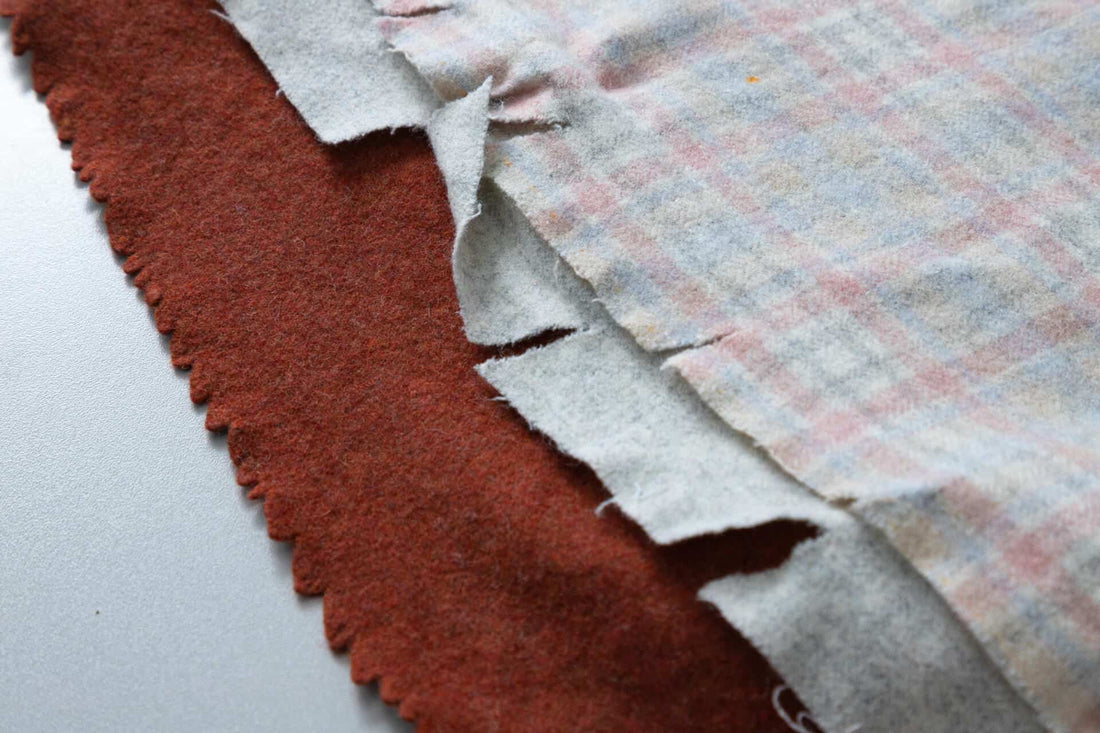
Fabric Durability: Pilling, Abrasion, and Tensile Strength
Share
When selecting fabrics, durability is just as important as comfort and style. Durable fabrics retain their shape, resist damage, and maintain their appearance over time, even after repeated use and washing. Three essential indicators of fabric durability are pilling, abrasion resistance, and tensile strength.
1. Pilling
- Definition: The formation of small, fuzzy balls of tangled fibers (called pills) on the fabric surface, caused by repeated friction during wear or washing.
-
Causes:
- Loose fibers working their way out of the yarn.
- Constant rubbing in high-contact areas such as underarms, thighs, or seat of pants.
-
Blended fabrics (like polyester-cotton) are often more prone to pilling than tightly woven natural fibers.
- Impact: Makes garments look worn out or shabby, even if they are structurally strong.
-
Prevention:
- Choose fabrics with tightly twisted yarns or long-staple fibers (e.g., combed cotton, merino wool).
- Wash garments inside out and avoid overloading the machine.
-
Use fabric shavers to remove pills when they appear.
2. Abrasion Resistance
- Definition: The ability of a fabric to withstand surface wear and rubbing without losing fibers, changing appearance, or thinning.
-
Importance:
- Determines how well clothing will hold up in daily use, especially in high-contact garments like jeans, jackets, and activewear.
-
Higher abrasion resistance means fewer holes, thinning spots, or surface damage over time.
-
Fabric Examples:
- Denim, canvas, and polyester blends are known for strong abrasion resistance.
-
Delicate fabrics like silk or lightweight cotton wear down more quickly.
- Testing: Often measured using the Martindale test or Wyzenbeek test, which simulate fabric rubbing until visible wear appears.
3. Tensile Strength
- Definition: The maximum amount of tensile (pulling) force a fabric can withstand before breaking.
-
Why It Matters:
- High tensile strength prevents tearing when the fabric is stretched or stressed.
-
Important for workwear, sportswear, and any garment exposed to frequent pulling or strain.
-
Fabric Examples:
- Synthetic fibers (polyester, nylon) have higher tensile strength compared to natural fibers.
-
Cotton and wool have moderate tensile strength but can weaken when wet.
- Care Considerations: Excessive stretching during washing or drying can reduce tensile strength over time.
Why Durability Matters in Fabric Choice
- Longer Lifespan: High-durability fabrics maintain appearance and function for years, reducing replacement costs.
- Shape Retention: Strong fabrics resist sagging, stretching, or losing structure.
- Sustainability: Choosing durable fabrics reduces textile waste, making clothing more eco-friendly.
In summary: Fabrics with low pilling, high abrasion resistance, and strong tensile strength are the most durable. They keep garments looking new, feeling comfortable, and performing well—even after extensive wear and washing.
